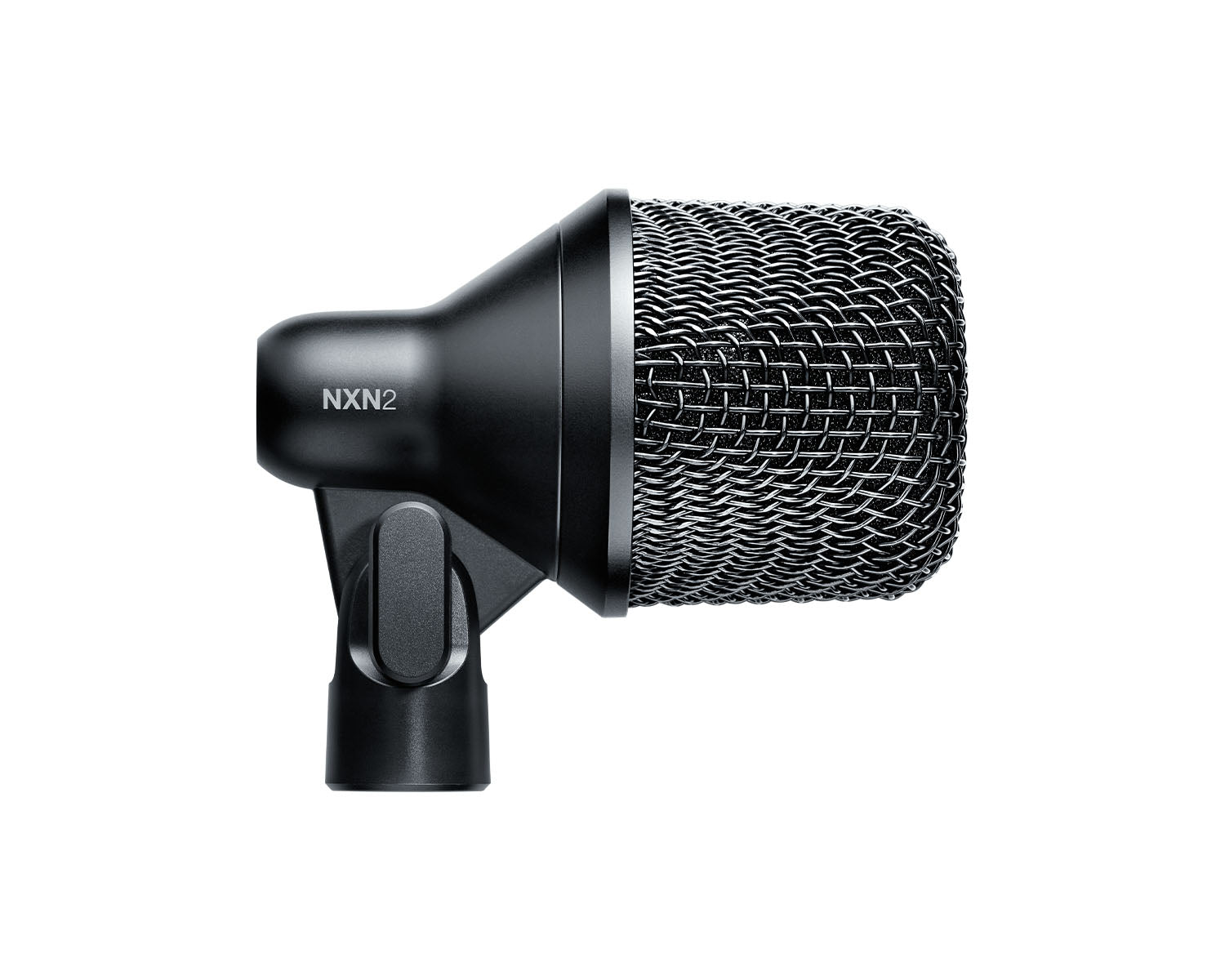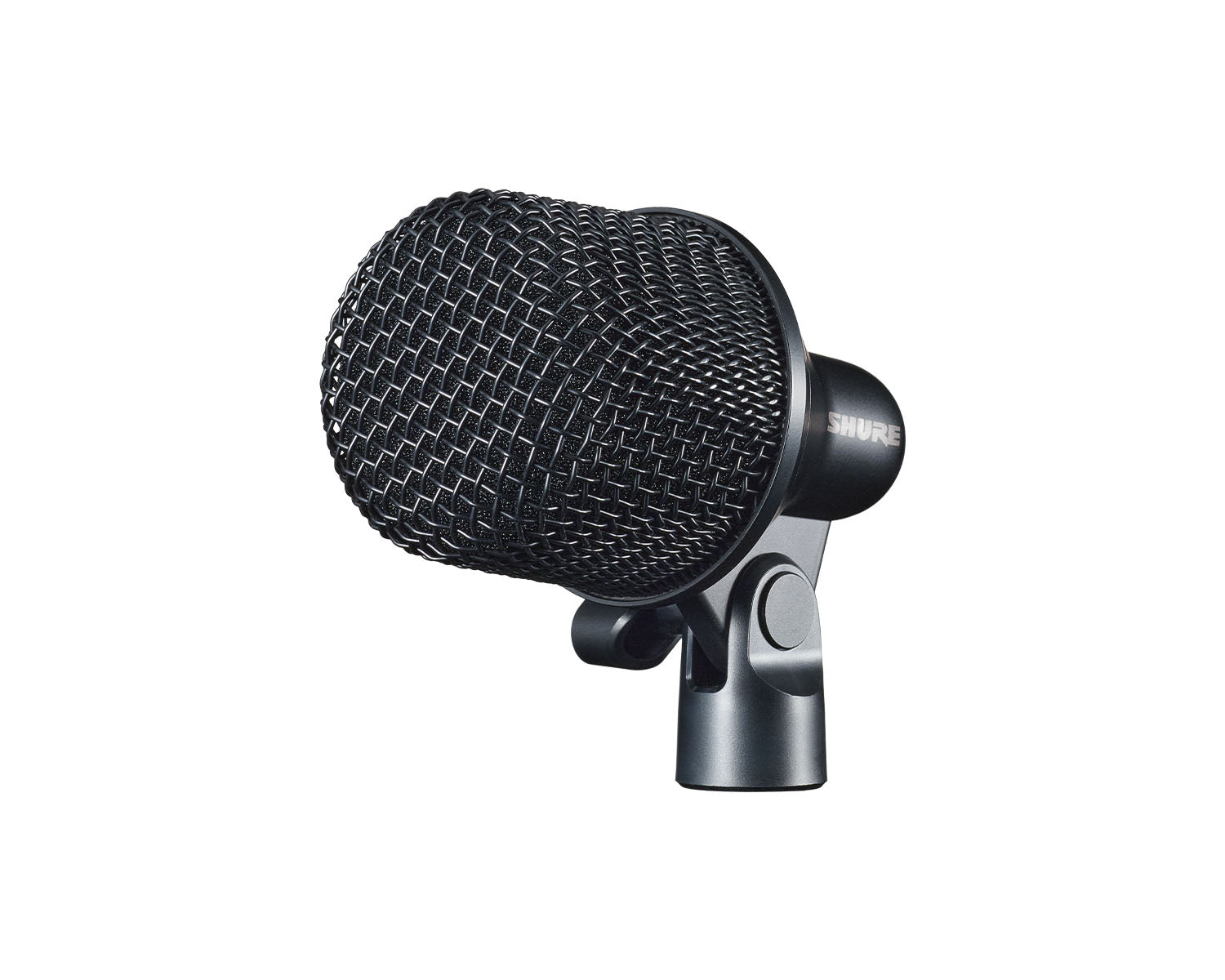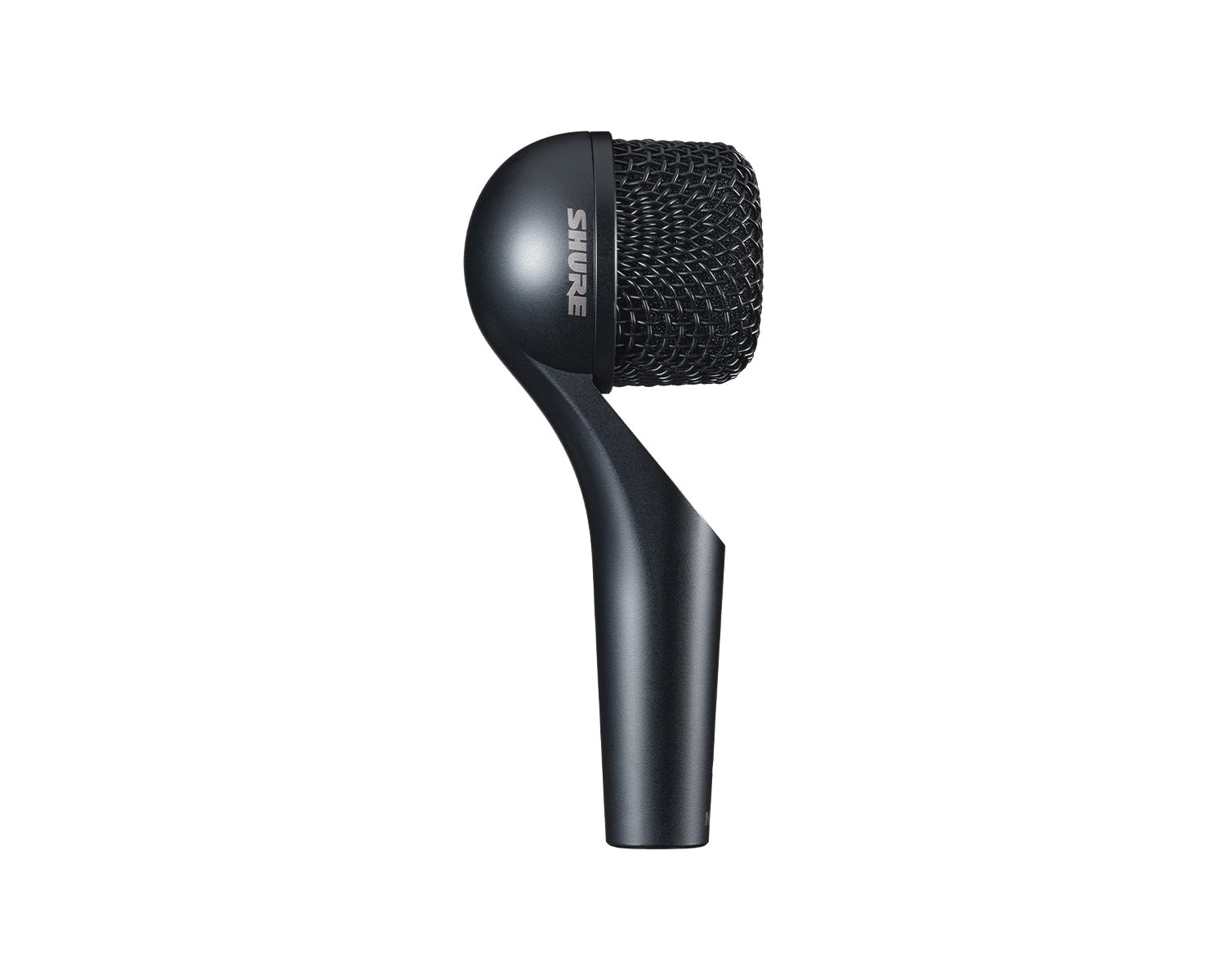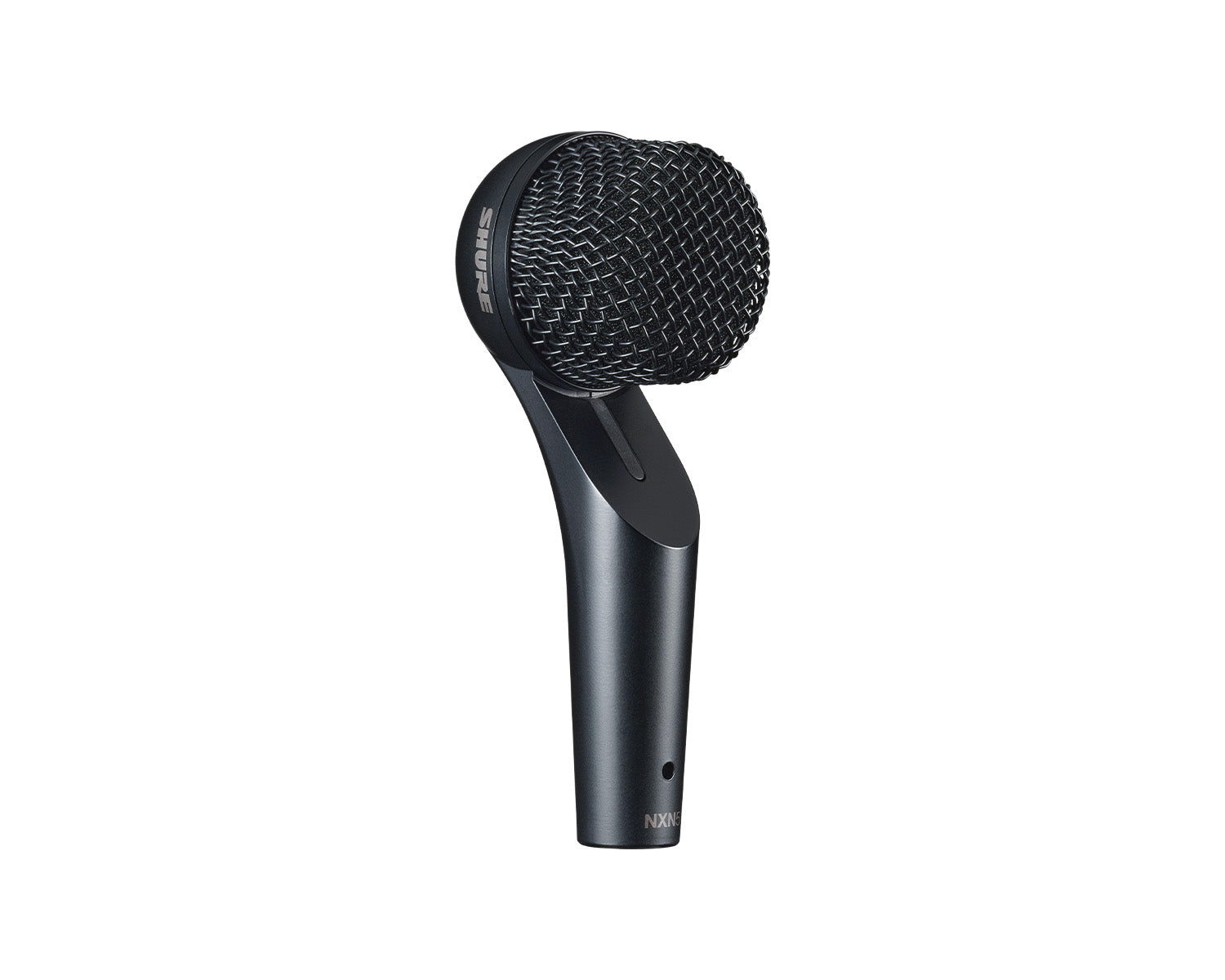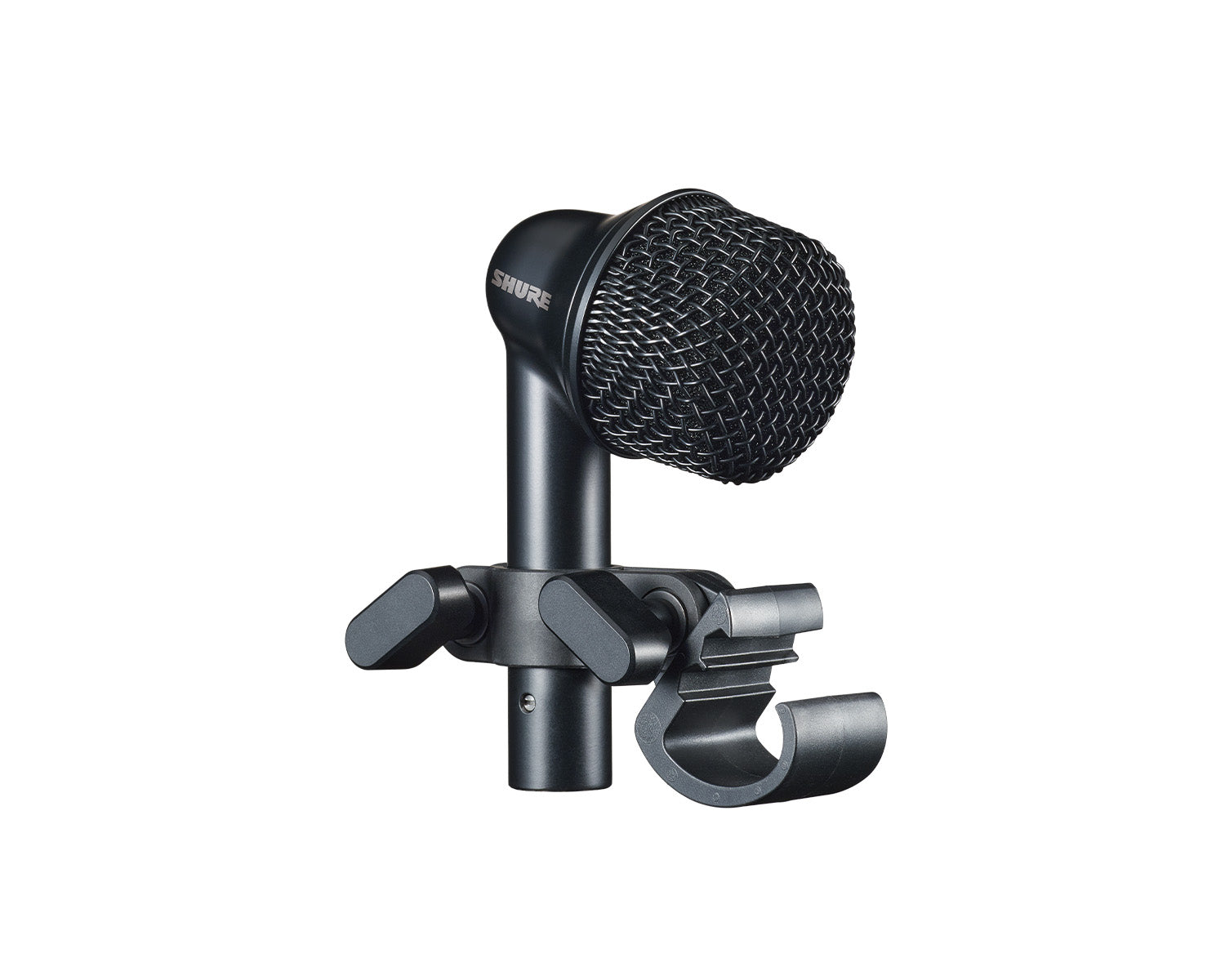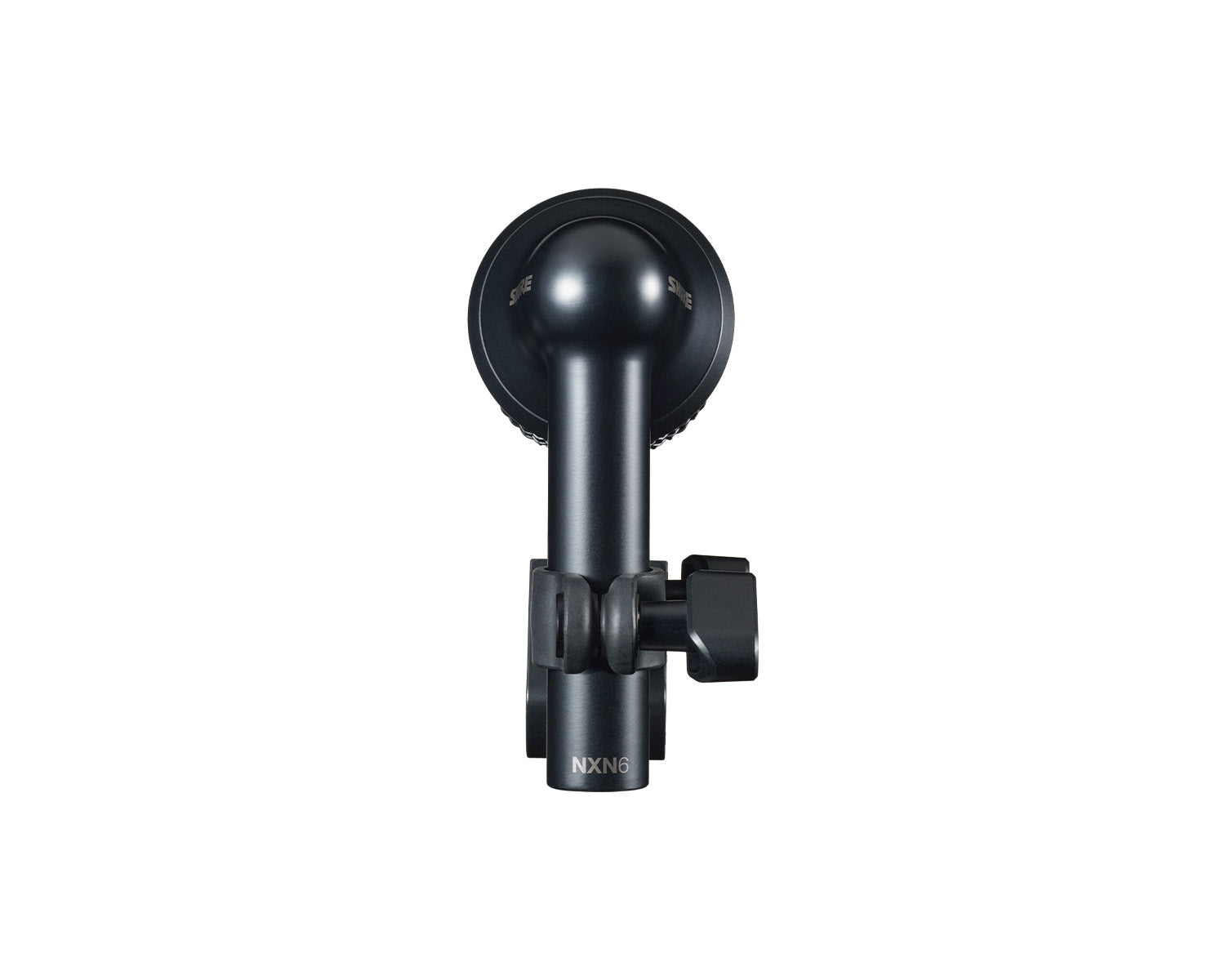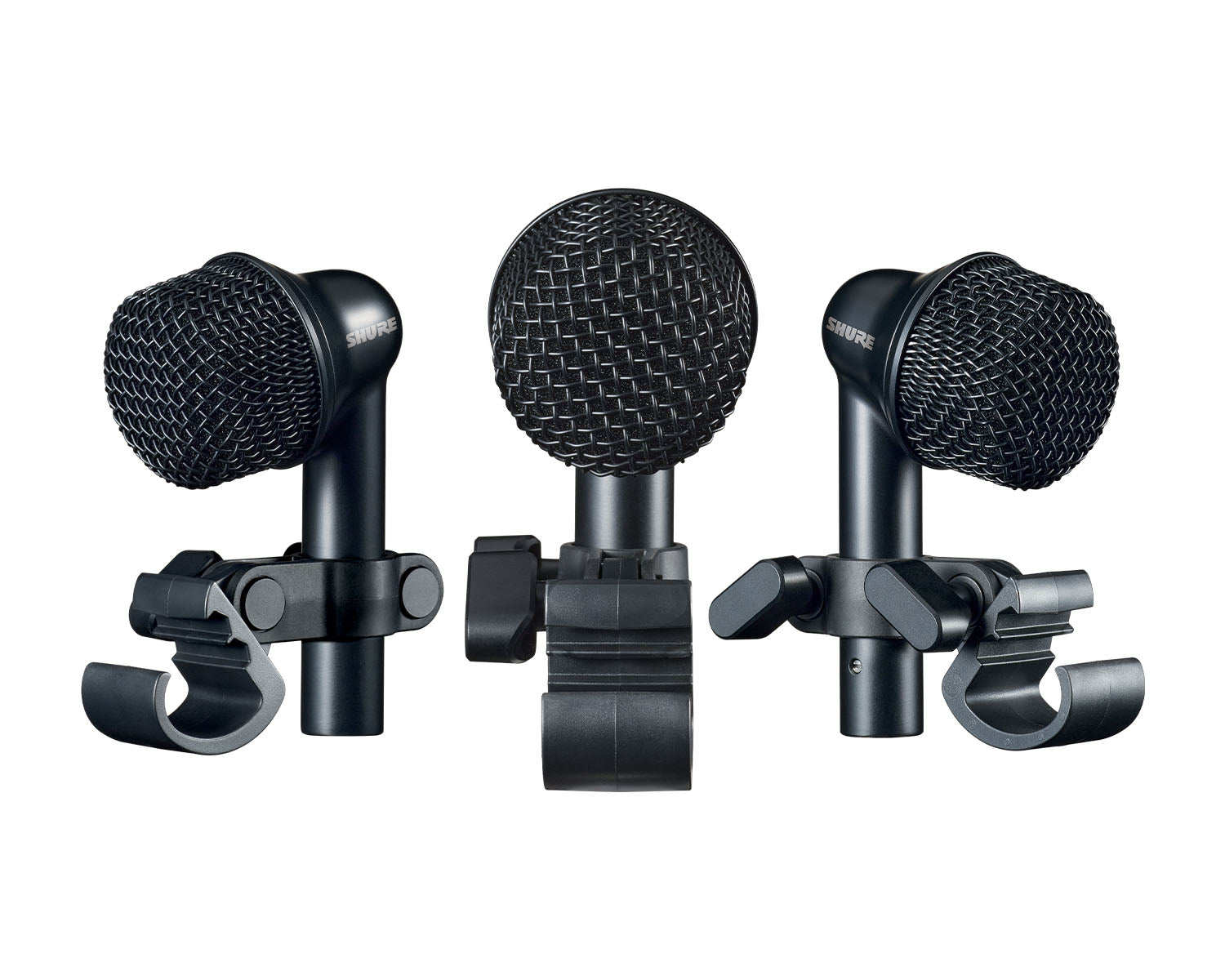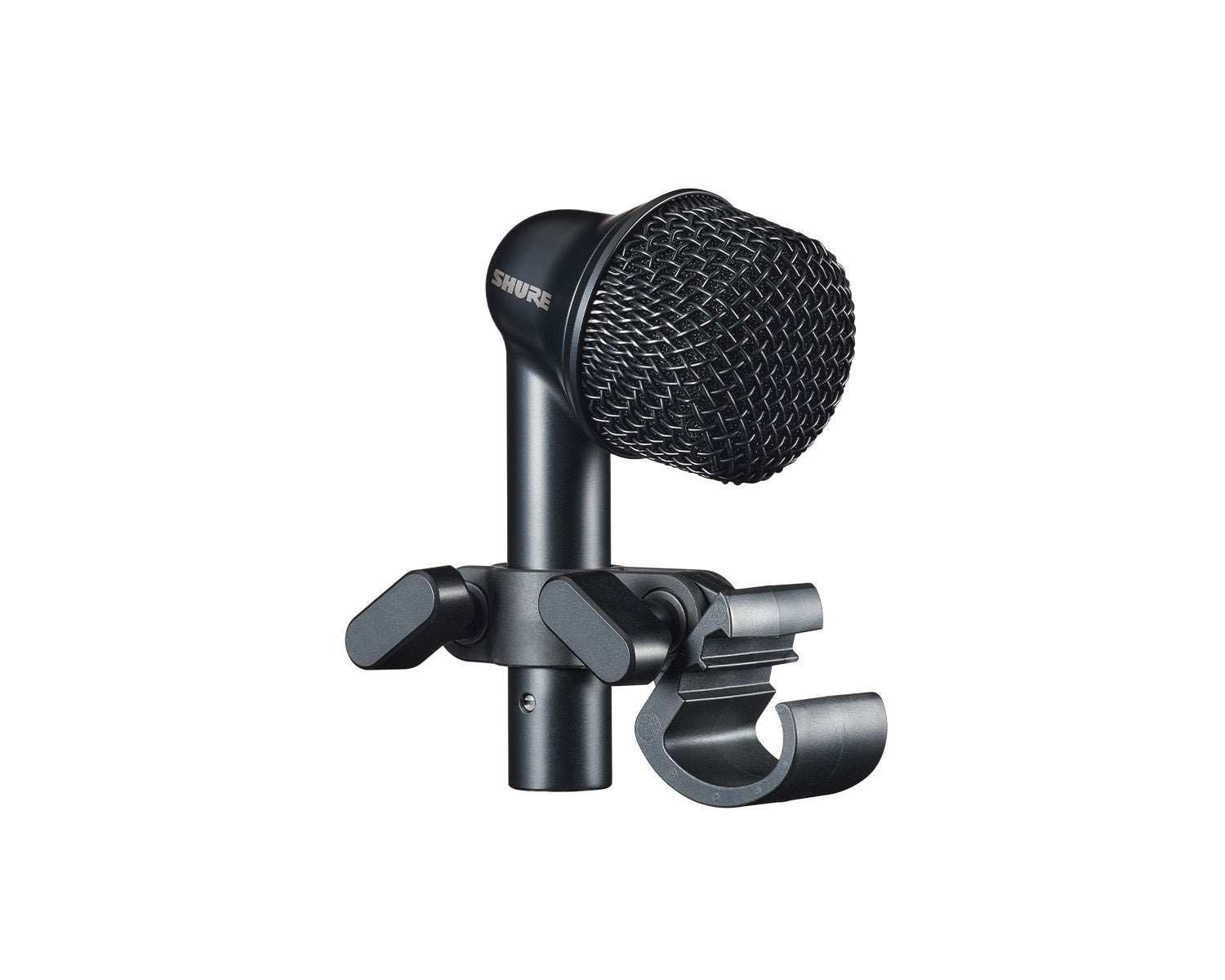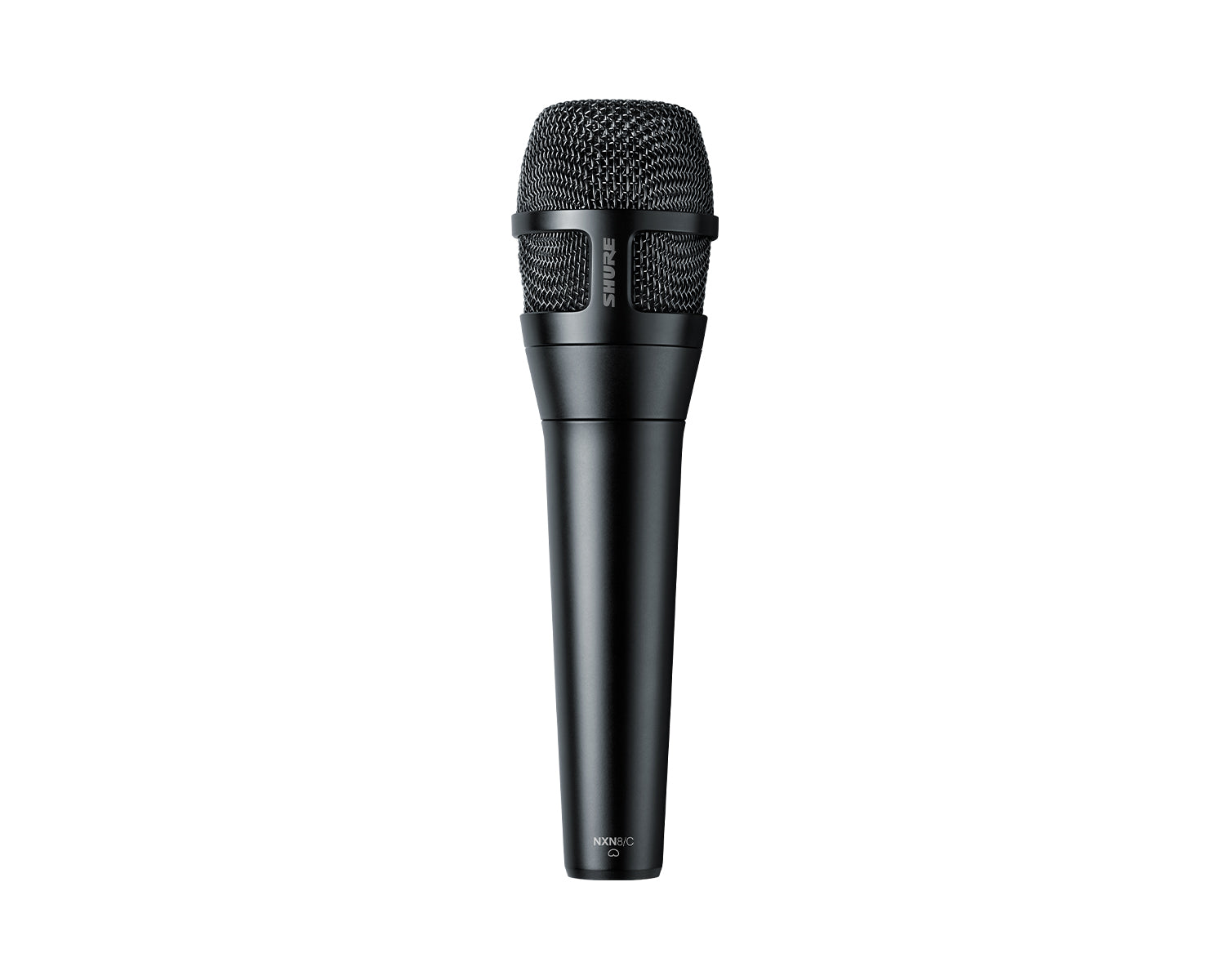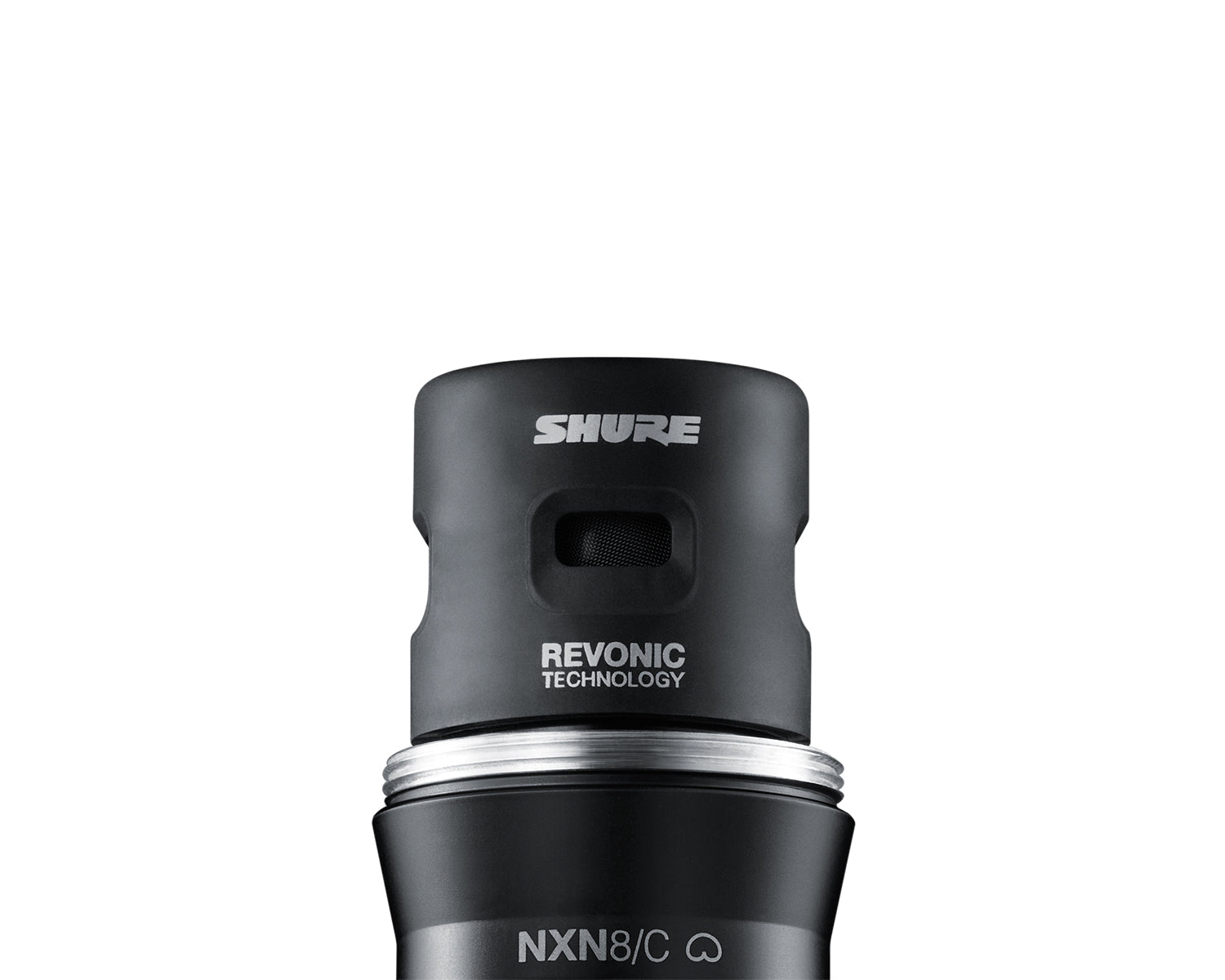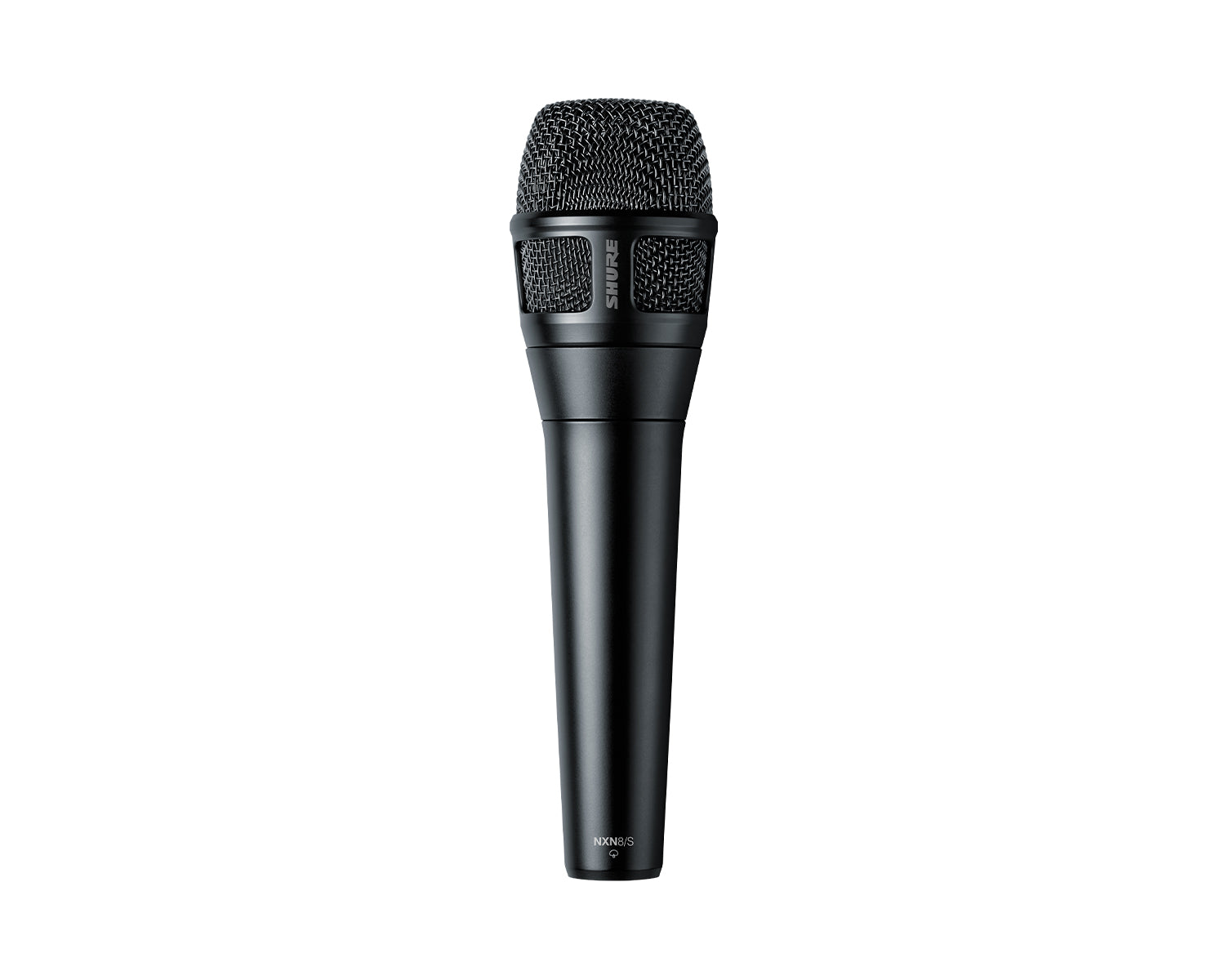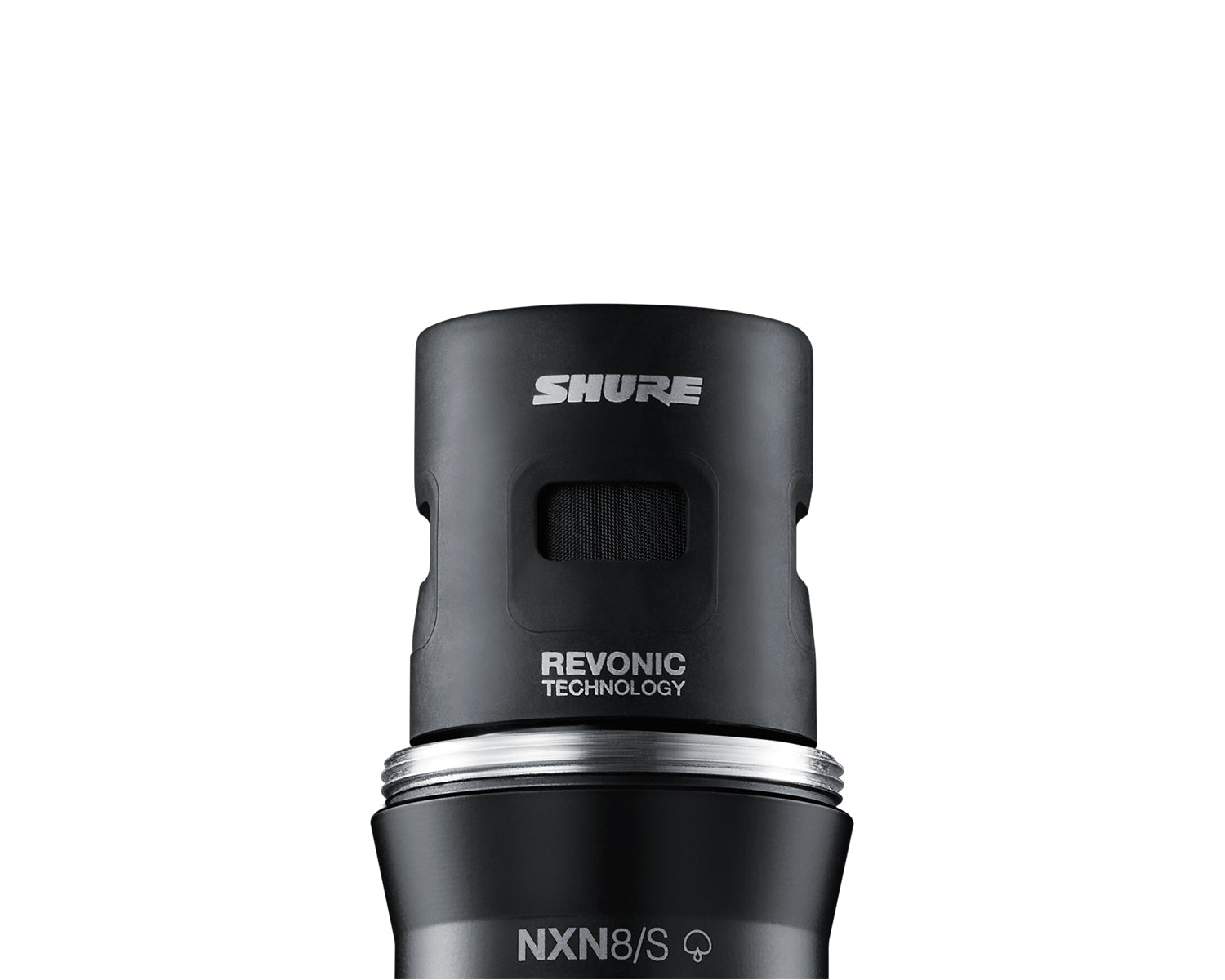A Bit of History…
In 1937, an engineer named Ben Bauer turned up at Shure, opened his lab notebook, and sketched out the design for the Unidyne® principle. His goal was to create a unidirectional microphone that used a single dynamic element. Before this, unidirectional microphones often relied on combining an omnidirectional element with a bidirectional (figure-eight) element in a single housing. If the outputs from both cartridges were mixed together electrically in equal proportions, the result would yield a cardioid pattern.
The problem was that these microphones were bulky and inconsistent in performance. Bauer’s innovation, the Unidyne®, changed everything. This principle became a cornerstone of Shure’s history and remains the foundation of many microphones in use today.
Unidyne® I

Unidyne® I was the first version of the technology. It looked somewhat like the 55SH, but was much larger. Nicknamed the “Fatboy,” it was famously used by Elvis Presley, helping to shape the sound of rock & roll and live performance forever. Shure later refined the design twice more: Unidyne® I evolved into Unidyne® II, which looked a lot more like the 55SH series of today.
Unidyne® III
And then it would be refined for a third time, which ultimately delivered the famous SM57 and SM58; the basis for pretty much every microphone that is dynamic and directional in Shure’s portfolio today, and for many other manufacturers as well.
The SM7B also shares this Unidyne® III principle. While the design limits the control Shure can exert over the transducer, subtle adjustments to airflow can change the frequency response and directivity. That’s why an SM7B, despite sharing the same underlying design as the SM58, sounds completely different. Its unique acoustic environment shapes its performance in distinctive ways.
Revolution of the KSM8

As an industry leader, Shure has always pushed microphone technology forward. So they started to think... What if we added more elements to a transducer?
The result was the KSM8, launched in 2016. The KSM8 features two diaphragms that interact with each other, eliminating the proximity effect that you would usually get from a dynamic directional microphone. So, if you move it further towards your face when you’re speaking, you don’t get the increase in low end that you’d get from an SM58, or a similar product.
The KSM8 has found its own life in the Shure portfolio and there are a lot of artists using this mic and getting excellent results. But this innovation inspired further thinking: If two diaphragms improve performance, what if we added a whole second transducer circuit? That concept opened the door to new levels of control, directivity, and sonic options.
At the same time, Shure recognised that many engineers were using multiple microphones to get the best results when capturing a single audio source. For example, for a kick drum, engineers would often place a Beta 91 inside a kick drum, paired with a Beta 52 outside. Combining this new technology with real-world challenges set the stage for Nexadyne.
Welcome Nexadyne
In 2024, Shure introduced Nexadyne - their most advanced line of dynamic microphones for vocals and instruments. Powered by Revonic™ Dual Transducer Technology, Nexadyne uses two transducers instead of one, offering engineers new levels of performance and flexibility. Positioned above the Beta series, it is now Shure’s flagship range of wired microphones.
NXN2 Kick Drum Microphone

The NXN2 packs two transducers into a single capsule, an impressive feat of engineering to squeeze in the two transducers, which would usually be quite big, into a microphone enclosure this small. Traditionally, engineers used a Beta 91 to capture the top-end “click” of a kick drum, combined with a Beta 52 for wash and low-end punch, which you'd then have to condense quite heavily to get the sonic movement in the PA. The NXN2 delivers the sonic character of both in a single microphone, with one XLR output. It’s essentially two microphones in one, but with the simplicity and reliability of a single transducer circuit.
NXN6 Tom/Snare Drum Microphone

Sticking with the drum kit, there are also common challenges that engineers face when micing up toms and the snare. The favourite Shure snare drum mic is the SM57. It gives a lot of attack and a very nice rounded response - great for snares, but some engineers might say that it lacks a bit of low end so not ideal for toms. The NXN6 builds on that foundation, offering the same crisp attack as an SM57 but with a much wider frequency response. This makes it ideal for snares, rack toms, and floor toms alike. Built in a rugged housing with a quick-setup drum clip, it’s designed to withstand heavy use on stage.
NXN5 Guitar Cab Microphone

Just like the kick drum, engineers face similar challenges when micing up a guitar cab. Guitar and bass cabinets have long been mic’d with combinations of ribbon and dynamic microphones, such as a KSM313 and an SM57. The NXN5 eliminates the need for multiple mics, stands, and channels by capturing the qualities of both in one microphone. It’s durable enough for touring, far tougher than fragile ribbon mics, and is designed to be hung in front of the cab without a stand, so quick and easy to set up. For hire companies and touring engineers, it’s a versatile, time-saving solution.
Nexadyne Vocal Microphones

No Shure microphone family would be complete without vocal options and the Nexadyne vocal mics were designed with the DNA of the SM58 - the industry standard - at their core.
The NXN8 Cardioid and Supercardioid models bring condenser-like clarity and top-end detail, but without the low gain-before-feedback threshold that often limits condenser use on stage. Engineers can push them harder while maintaining crisp, open sound. Available in wired and wireless capsule versions, they’re compatible with SLX-D, QLX-D, ULX-D, and Axient Digital systems.
Conclusion
From the groundbreaking Unidyne® principle to today’s Revonic™ Dual Transducer Technology, Shure has continually shaped the sound of live music and recording. Nexadyne is the next step in that legacy, delivering the performance of multiple microphones in one, while retaining the durability and reliability Shure is known for. For engineers, performers, and production teams, Nexadyne opens up new creative possibilities with fewer compromises and greater control.
If you're considering Nexadyne for your next project or hire stock, call our experts on 01525 850085 to discuss your pro audio requirements.

